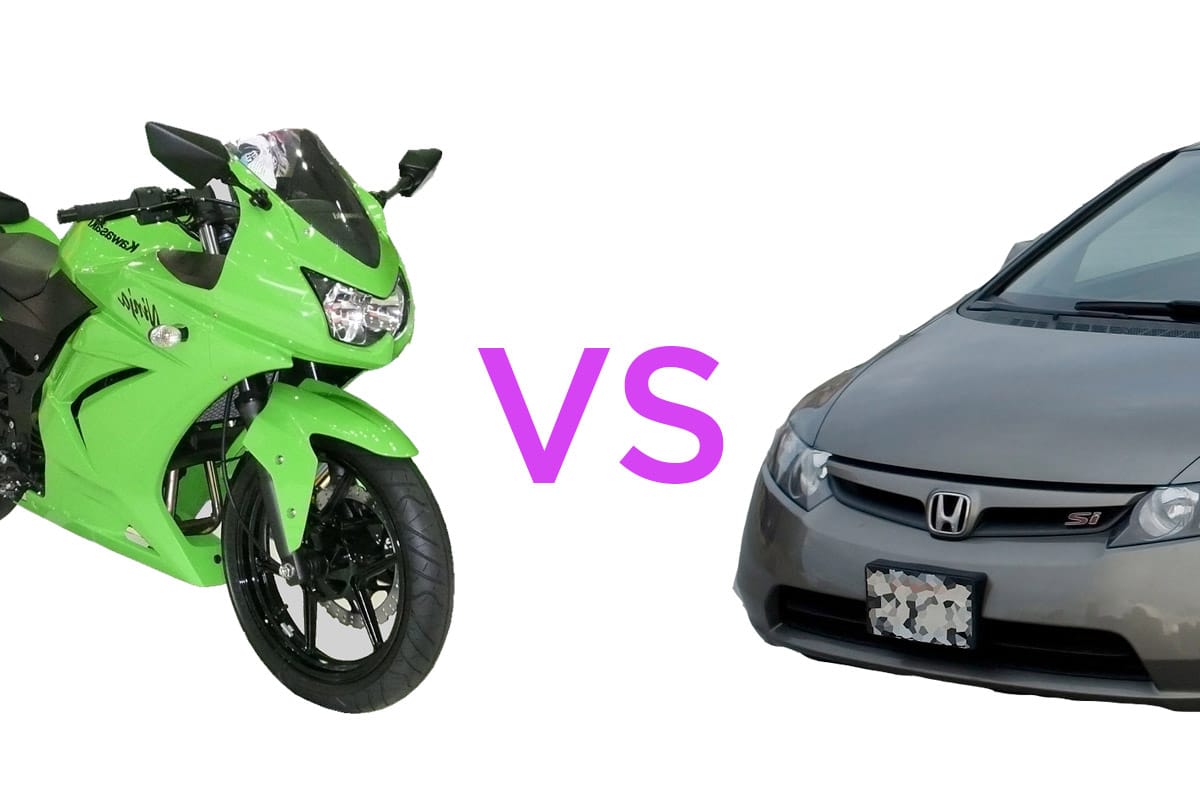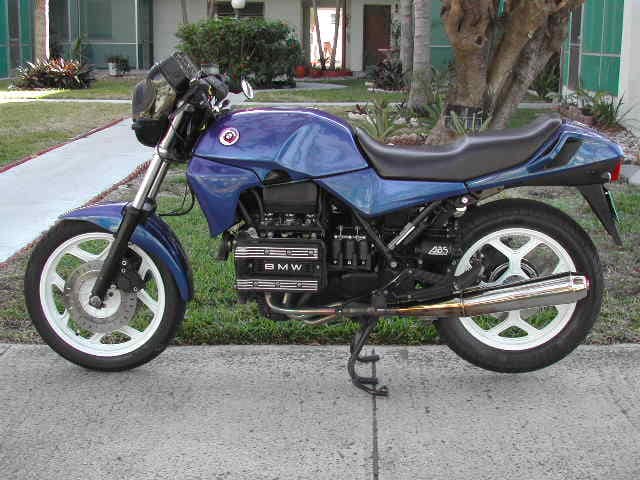As I mentioned in the “Why wear a helmet” page, I am a big advocate of the full face helmet. The full face helmet offers most protection, both in the event of a crash and from airborne objects while riding.
Fit
Fit is extremely important when it comes to helmets. A loose helmet can shift around while riding and impede your view, it could also potentially come off when you need it most! A helmet that is too tight will be a constant source of annoyance and discomfort, and might break your concentration on the road in front of you. I suggest going to a motorcycle store and trying on a number of helmets to find one that fits you well.
Different brands are all shaped and sized a bit differently. So try a number of brands and sizes to see what you like most. After trying a few helmets that don’t fit too well, you’ll probably find one that just feels “right.” For me, Shoei helmets fit very well, and I regularly wear my Shoei RF 1200. It cost about $350 when I bought it new, but being this is the most important
Brand and Cost
I would highly advise you not to really consider price as an obstacle when buying a helmet, and buy one which you feel very comfortable in and which is of higher quality. I remember reading a study once that cheaper helmets were pretty much just as safe as more expensive ones, but often cheaper helmets will wear out faster, not have replaceable pads or interior parts. They will fog up more in adverse riding conditions, or not have great fit etc. Some of the more reputable expensive brands are Shoei and Arai, and more budget friendly but decent quality brands are HJC and Nolan.
Age
All else being equal a newer helmet is a better helmet. Not only has the testing and technology improved over the years, but the foam inside the helmet is still new and pliable.
The foam interiors of helmets are meant to crush into the outer shell while cradling your noggin upon impact. This foam tends to harden up over the years, and eventually the foam is hard enough that it won’t do it’s job anymore, it’ll more or less be like hard plastic.
If you’re evaluating a helmet for this, give the foam a press with your thumb to check whether it is still somewhat soft and pliable.
DOT and Snell
- DOT certs have been critized for being too “soft” and manufacturers can test their own helmets instead of requriring a 3rd party. But softer may actually be better.
- They were very critical of the Snell standards. For a helmet to pass a Snell cert test, they must have a harder shell and as a result are less energy absorbing. The harder helmet is required to pass the Snell 2-stirke hemispherical test under 300 Gs. Their contention, backed by European studies, is that this situation occurs in a very small percentage of accidents. So in a Snell helmet you are giving up a lot of energy absorbtion for situations that represent over 90% accidents to provide better protection protect for the rare high-speed accident.
- Racers do not neccesarily need the high-speed protection provided by the Snell cert. In fact AMA nor MotoGP require the Snell certs.
- Non-Snell rated (softer), helmets are more energy absorbing and therefore provide more protection if you exclude the value of the test mentioned above.
- Contrary to popular belief, plastic (cheaper) shelled helmets performed better that fiberglass helmets!
- A low-priced Snell certified (fiberglass) helmet protects as well as a high-priced Snell certified (plastic) helmet. They even mention that the Snell foundation agrees! One could easily conclude this is true for other tests/standards as well.
- If you want to provide the best protection for the overwhelming majority of accidents, go with a DOT only certified helmet.
- Based on overall energy absorbtion, their tests showed the best helmet is the $90 ZRP-1 helmet from Z1R (sub-brand of Parts Unlimited). It came in with an average of only 152 Gs transferred to the head (lower Gs is better). The worst, 211 Gs, was the Scorpion EX0-700. Note, their test did not include the tough Snell test mentioned above.
- If you do not buy the softer is better argument, then of the Snell rated helmets in the test, the ICON Mainframe came out best at 181 Gs.
- The fact is that almost all helmets sold in the US are Snell rated due to current market perception. You have to go out of your way to find one that is only DOT certified. Unfortunately I have not seen manufacturers post the actual test data to compare against others they simply put the sticker on them.
A three-quarter or open-face helmet can also offer protection. It is constructed with the same basic components, but doesn’t offer the face and chin protection of full-face helmets. If you wear an open-face helmet, you should use a snap-on face shield or a pair of goggles. Ordinary glasses or sunglasses are not sufficient eye protection for a motorcyclist. They can shatter or fly off, and they allow wind and airborne objects to reach the eyes.
Helmets are available in many price ranges. One look around most any motorcycle retailer’s helmet display is evidence that nearly any color, decoration, and design you could want is available. Consider a bright color and adding some reflective material to the helmet to help others see you.


